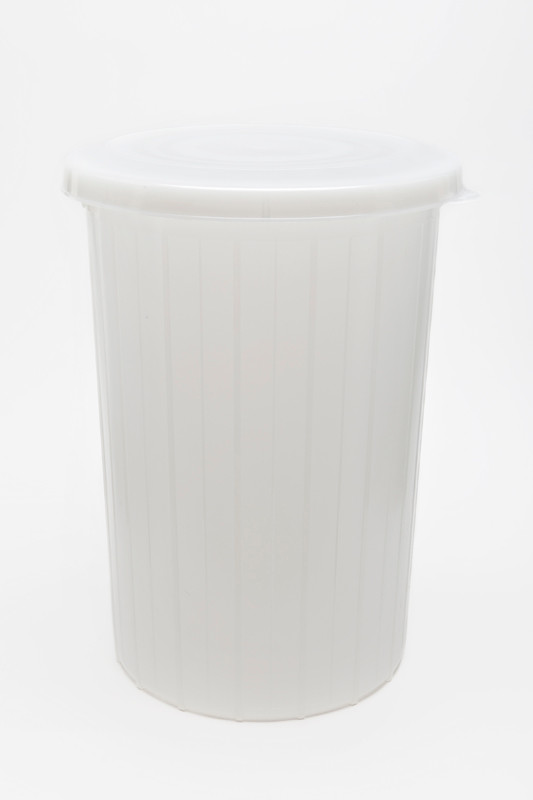I have read that sticking to primary only is beneficial as the yeast will go back and clean up any by-products / off flavors generated during the fermentation stage.
I have also read that using a non air-tight fermentation bucket is also fine because CO2 is produced and provides a protective layer / positive differential that keeps oxygen out.
My question is, can you keep it in this bucket for the entire 3-4 weeks, more specifically during the maturity phase when the majority of the fermentation is done, without any significant downsides?
Bucket in question:

I have also read that using a non air-tight fermentation bucket is also fine because CO2 is produced and provides a protective layer / positive differential that keeps oxygen out.
My question is, can you keep it in this bucket for the entire 3-4 weeks, more specifically during the maturity phase when the majority of the fermentation is done, without any significant downsides?
Bucket in question:




